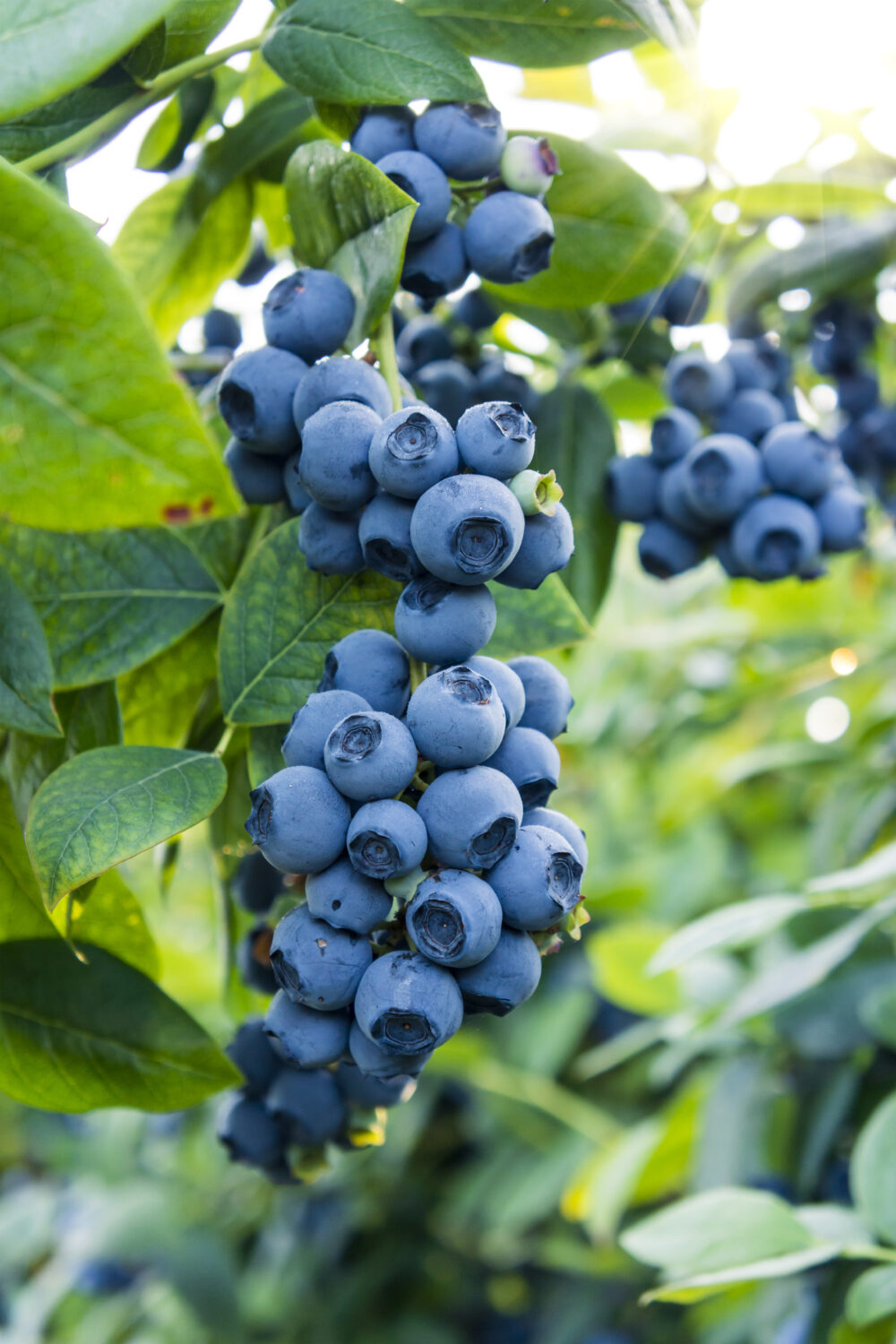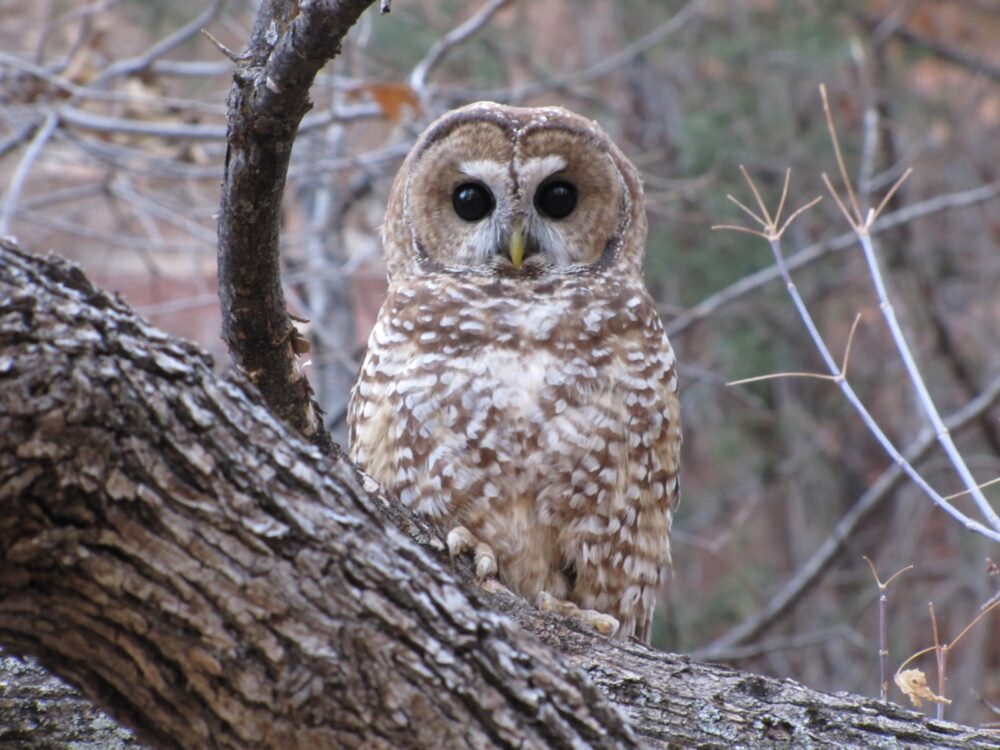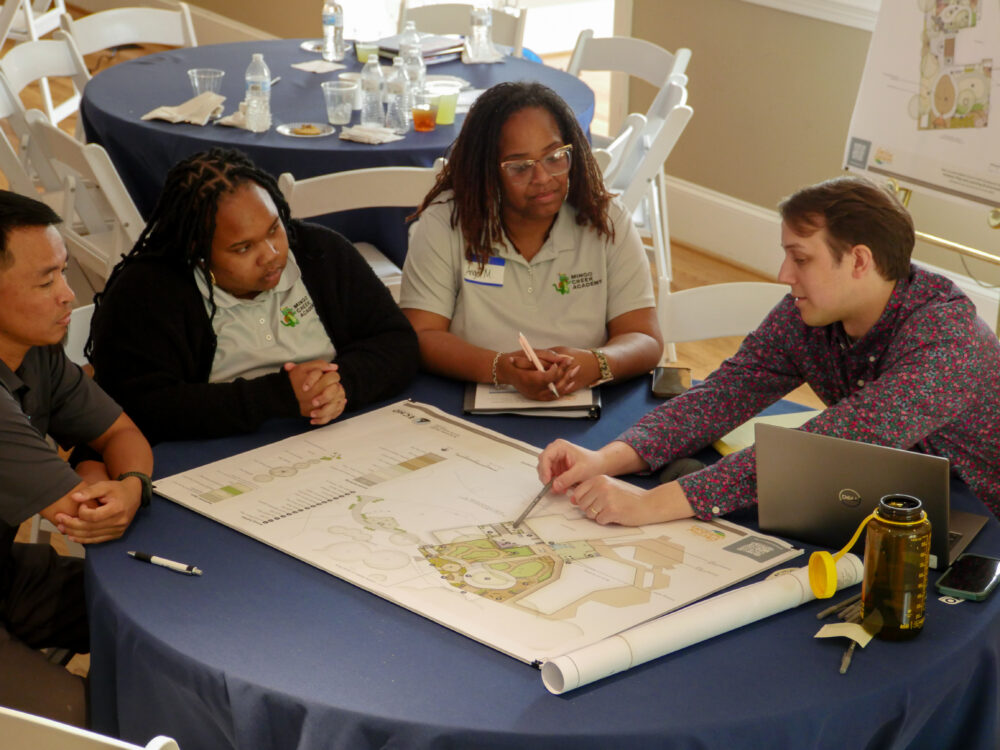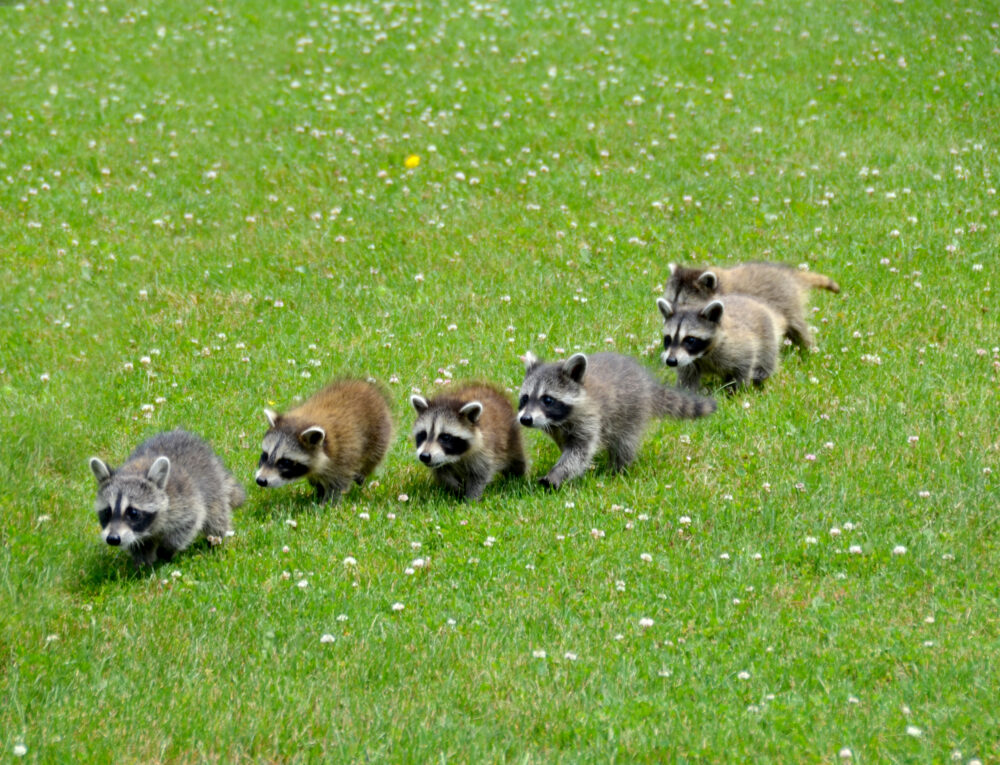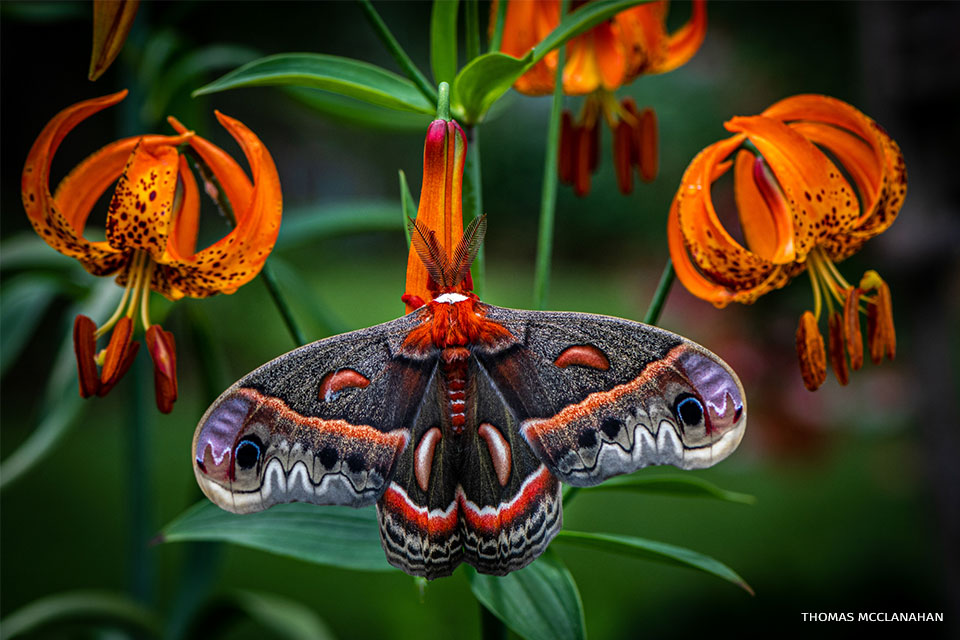We have much more to do and your continued support is needed now more than ever.
Five Tips for Fun and Easy Backyard and Balcony Birding
 People will sometimes put out a bird feeder and a bird bath and almost immediately see a variety of feathered friends arrive. In time, many of these birds will seem familiar because of their color, size or distinctive shapes. You may even start to remember a few individuals that stand out, such as sassy house wren or a noisy grackle. There are, for instance, the yellow birds with black markings, or the black birds with the red blazes on their wings, and most people will recognize a blue jay or northern cardinal (right). And there are those crazy-looking hummingbirds that, at first glance, may look like an oversized bee.
People will sometimes put out a bird feeder and a bird bath and almost immediately see a variety of feathered friends arrive. In time, many of these birds will seem familiar because of their color, size or distinctive shapes. You may even start to remember a few individuals that stand out, such as sassy house wren or a noisy grackle. There are, for instance, the yellow birds with black markings, or the black birds with the red blazes on their wings, and most people will recognize a blue jay or northern cardinal (right). And there are those crazy-looking hummingbirds that, at first glance, may look like an oversized bee.
Many of those who regularly watch their feeders are satisfied to just to see the birds flitting back and forth between bush and feeder. Others, however, gradually start trying to figure out which bird is which. These folks will start looking at the difference between a red cardinal and the red-tinged house finch and others will wrestle with the distinctions among chickadees, titmice and nuthatches. After a time, these watchers might even start to keep track of their observations and maybe keeping a list of what species they see. So here are some suggestions for the backyard birder.
1. Remember you don’t have to be an expert.
Backyard birding is for your pleasure and for no one else. If you are happy seeing the birds on your feeder and don’t feel a need to identify them that is terrific. If you want to start figuring out what species you are seeing, keep it fun and enjoy. There is no pass/fail test for backyard or balcony birders.
2. Get a good bird guide book.
If you would like to start figuring out what species are coming to your feeder or bird bath, it will help to have a birder’s field guide nearby. There are many to choose from by such esteemed organizations as the National Audubon Society and National Geographic. We are particularly fond of the National Wildlife Federation Field Guide to Birds of North America because of its quality, good reviews by users and its very reasonable price. These guides provide photos and drawings of the birds, information on where they live and what behaviors they exhibit and much more. People find that even when looking up a common cardinal, blue jay, or dove, they learn interesting things in addition to what marking to look for.
3. Some basic field-glasses (binoculars) will help.
Some people have bird feeders and bird baths right outside their windows (even on the window) and others are farther away. If your feeder is 15 or more feet from the house, you may enjoy seeing the birds with the use of binoculars or what we usually refer to as “field glasses.” A decent (non-expert) pair of field glasses are available from most sporting good stores or stores that sell sporting and camping supplies such as the big retail chains. These cost $30 to $50 and are more than adequate for the average backyard birder. The more expensive and optically precise models are for when you might decide to start a more serious bird watching hobby such as taking field trips.
4. Practice looking for basic color, size and shape.
There is no magic to this but I like to start with size, using the sparrow vs. robin distinction. There are many sparrow-sized birds (4-5 inches in length) that come to feeders. Larger birds such as blackbirds, cardinals (6-8 inches) and blue jays also appear. This latter group are closer in size to a robin than they are to a sparrow.
Colors are also a help. Yellow could be goldfinches or warblers. Black and white could mean woodpeckers, chickadees or nuthatches. You may see sparrow-sized blue birds or buntings or larger blue birds such as jays. Birds of many colors will visit your feeder and bird bath.
One secret to backyard bird identification is to look at the shape of the beak. A cone-shaped beak means “seed eater” and identifies sparrows, juncos and finches. A thinner beak says “insect eater” and indicates warblers, thrushes, and common species such as mockingbirds and catbirds.
Shape and posture can be telling too. Woodpeckers hold themselves with their heads back and warblers like to stay more parallel to the ground. Sparrows stay upright (usually) and nuthatches are often upside down on the feeder.
In time you will see other things such as how juncos appear in the winter (some call them snowbirds) and goldfinches become bright yellow in the spring.
5. Get ready for some very pleasant surprises.
Backyard and balcony birders are sometimes shocked (in a good way) when they start adding up how many species come to their feeders and bird baths. The average suburban home with an established feeder will get from 30 to 50 different bird species during the year depending on location and other features. People are often surprised to learn that Central Park in New York City has 275 different bird species that visit each year. So regardless of whether you have a home that backs up onto woods, wetlands or farms or a simple feeder on an apartment balcony, there will be birds for you to get to know.
If you find yourself being a regular watcher and counter of birds at your feeder you might enjoy signing up for Project FeederWatch, which has thousands of backyard birders recording their observations to help the Cornell Lab of Ornithology.
And, you are always invited to visit the National Wildlife Federation’s website where you can learn more about backyard and balcony birds and even certify your home as an NWF Certified Wildlife Habitat®.



